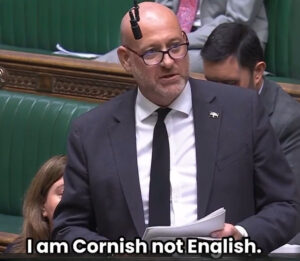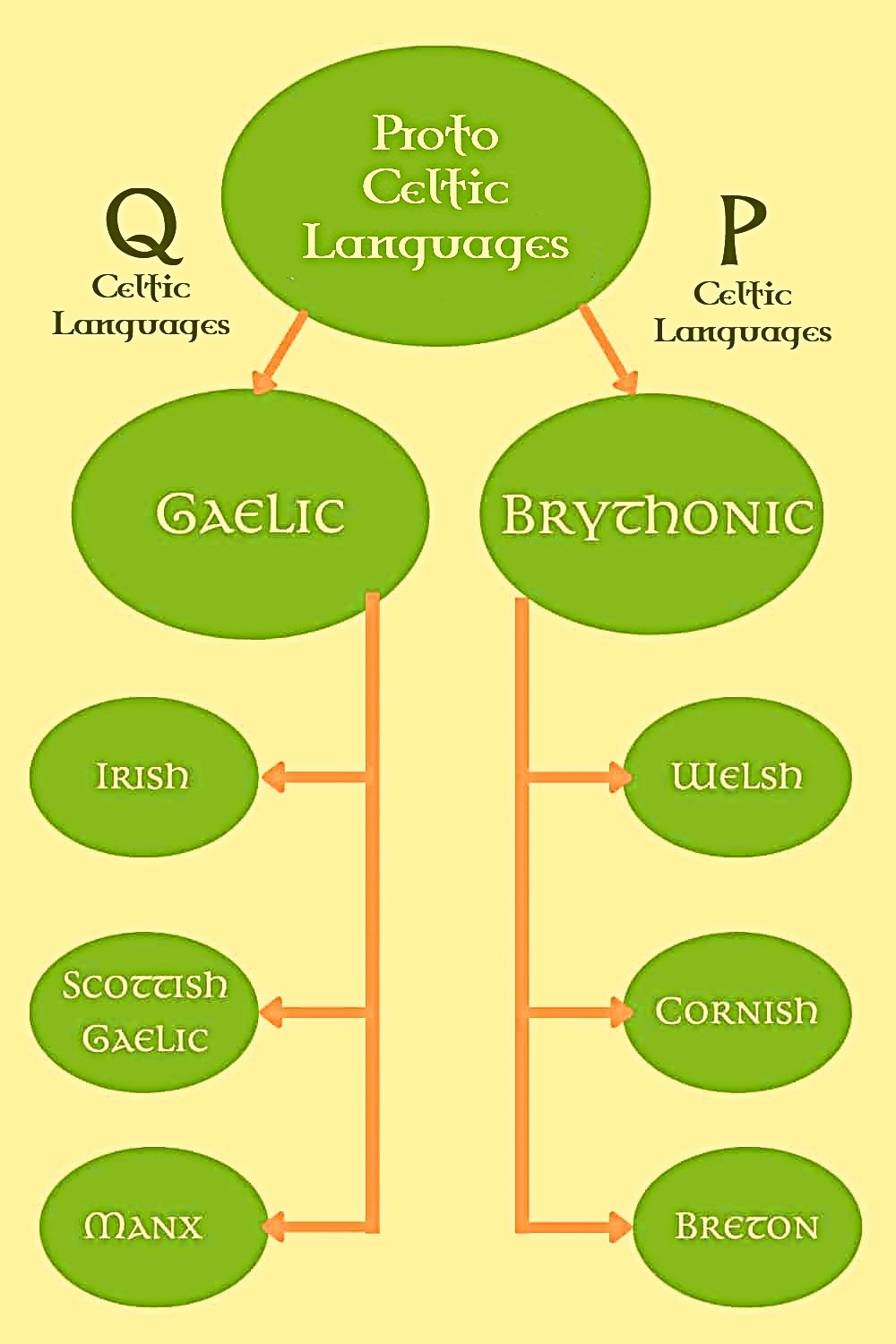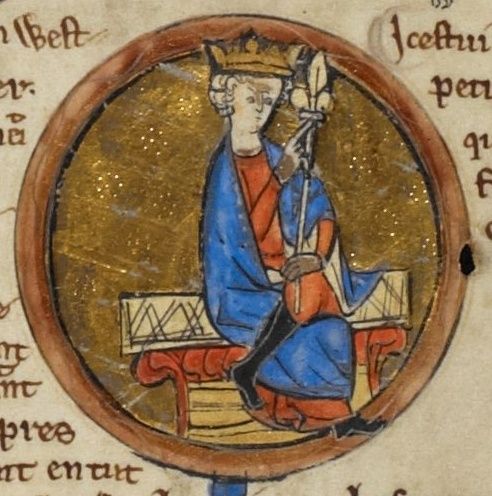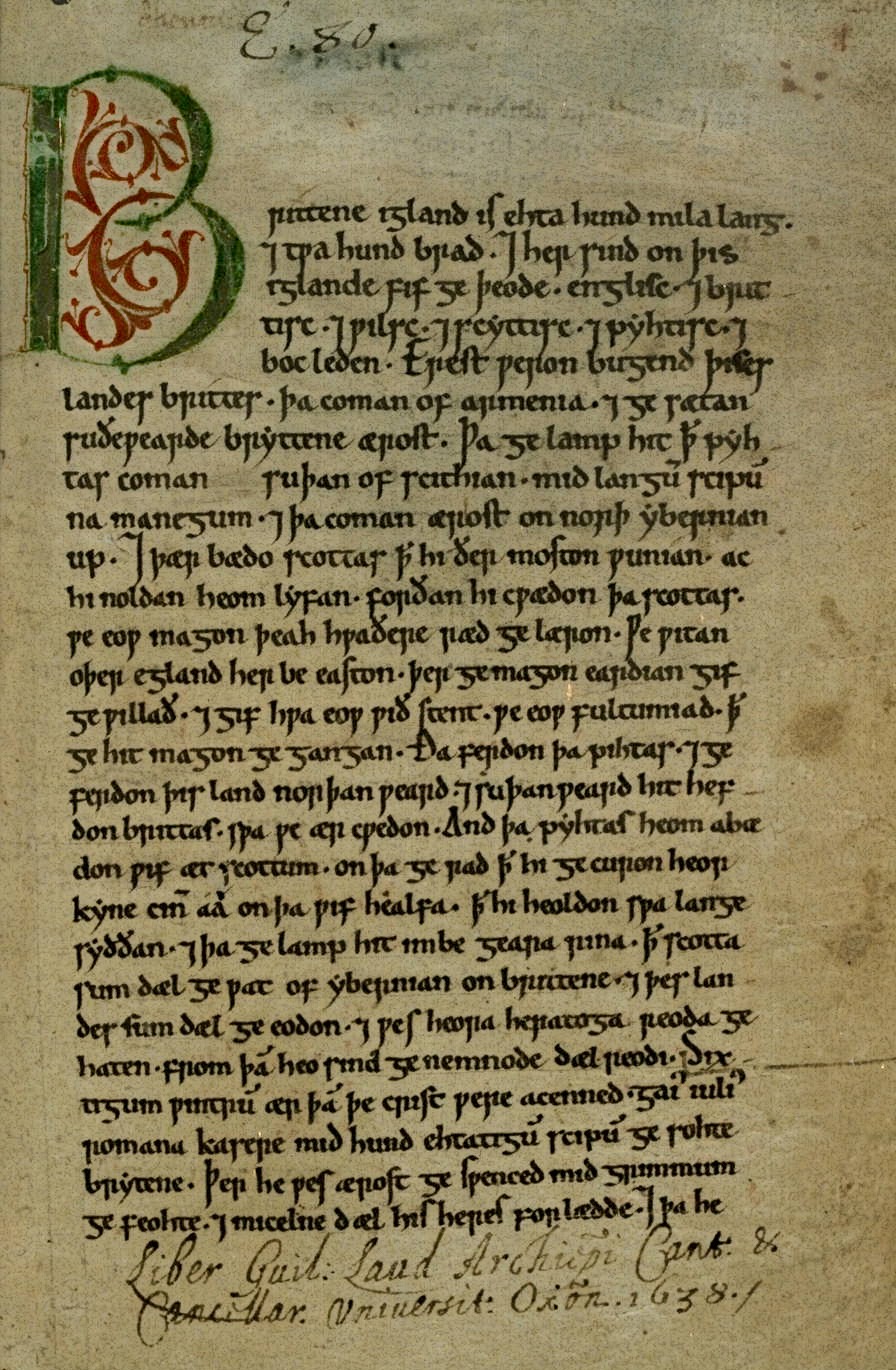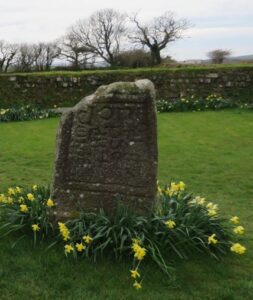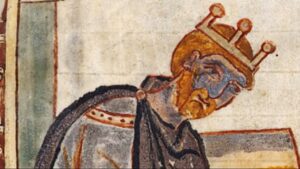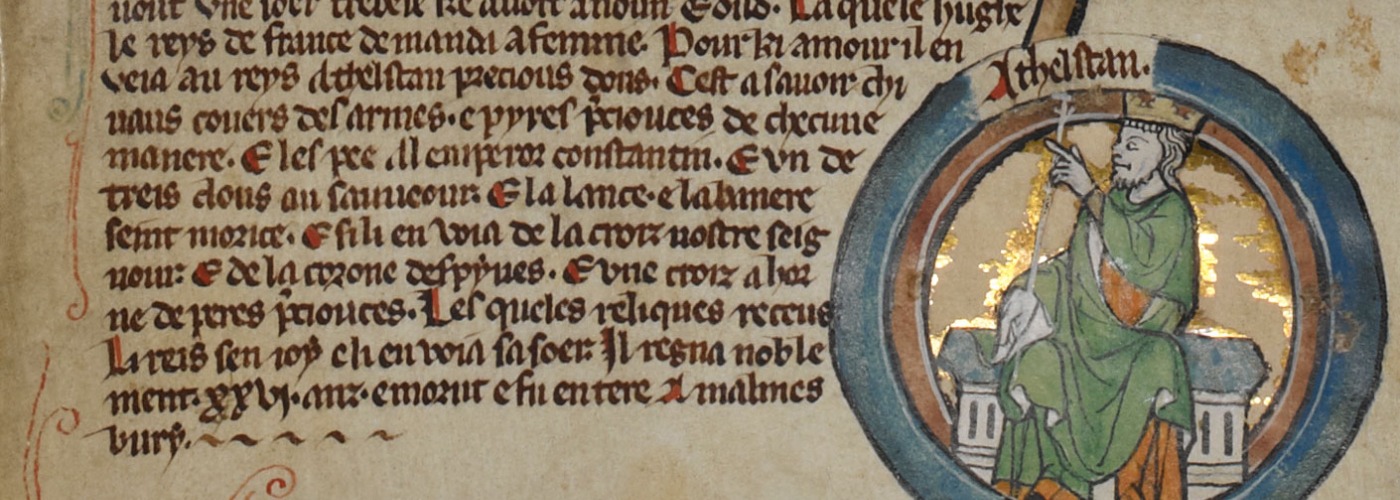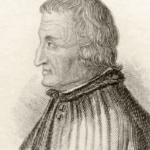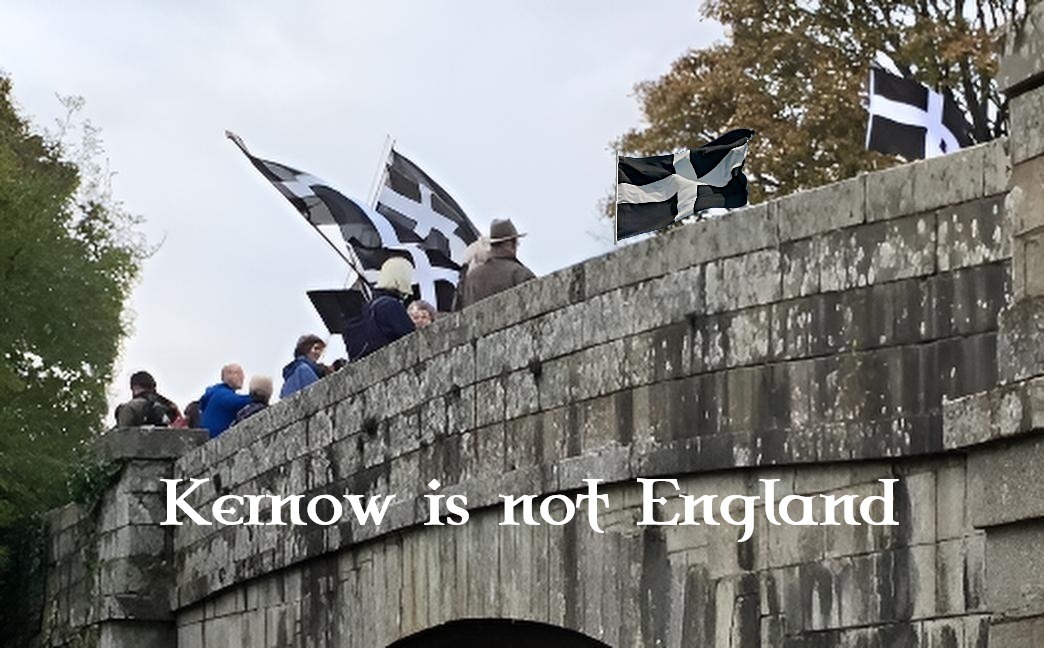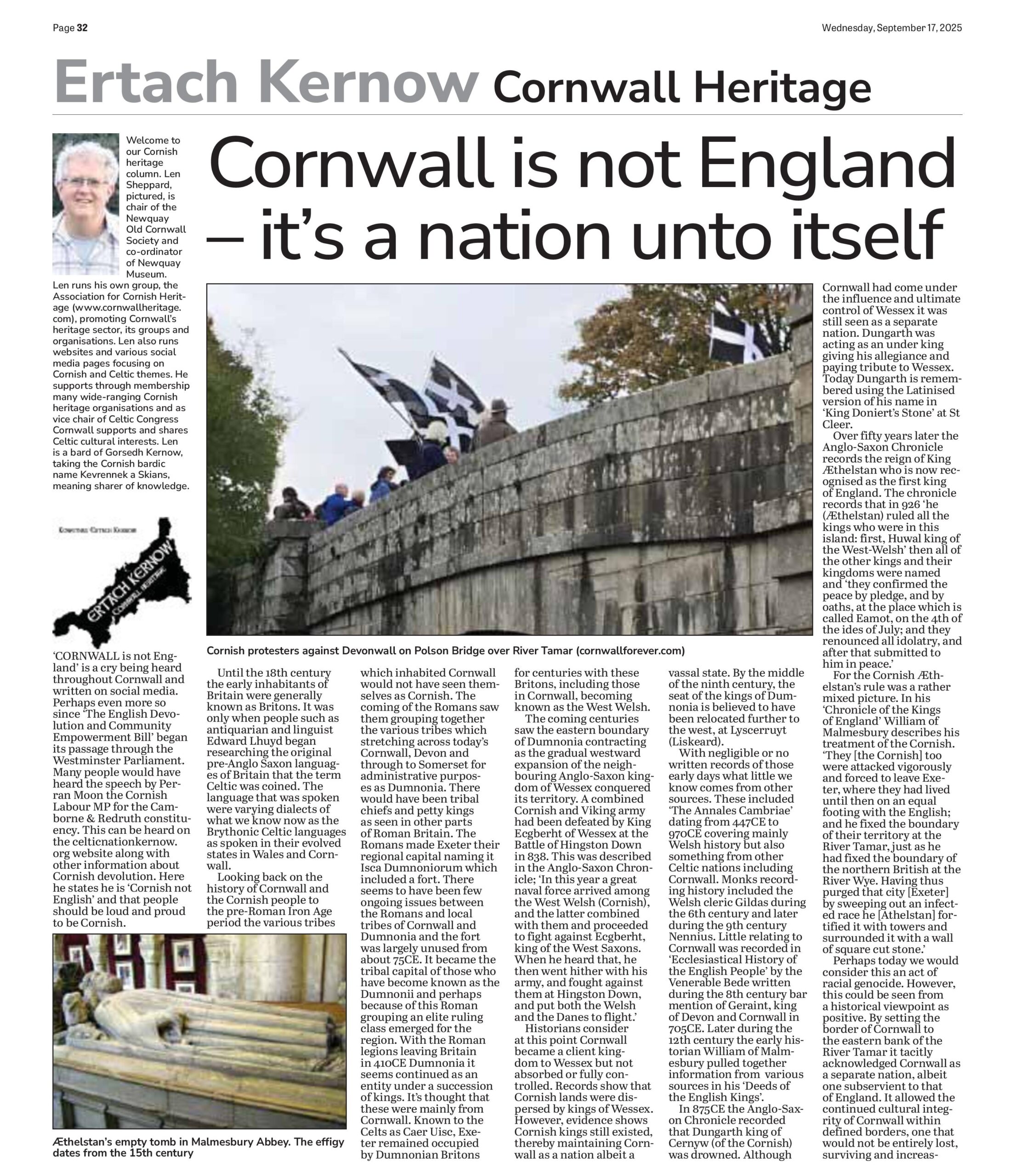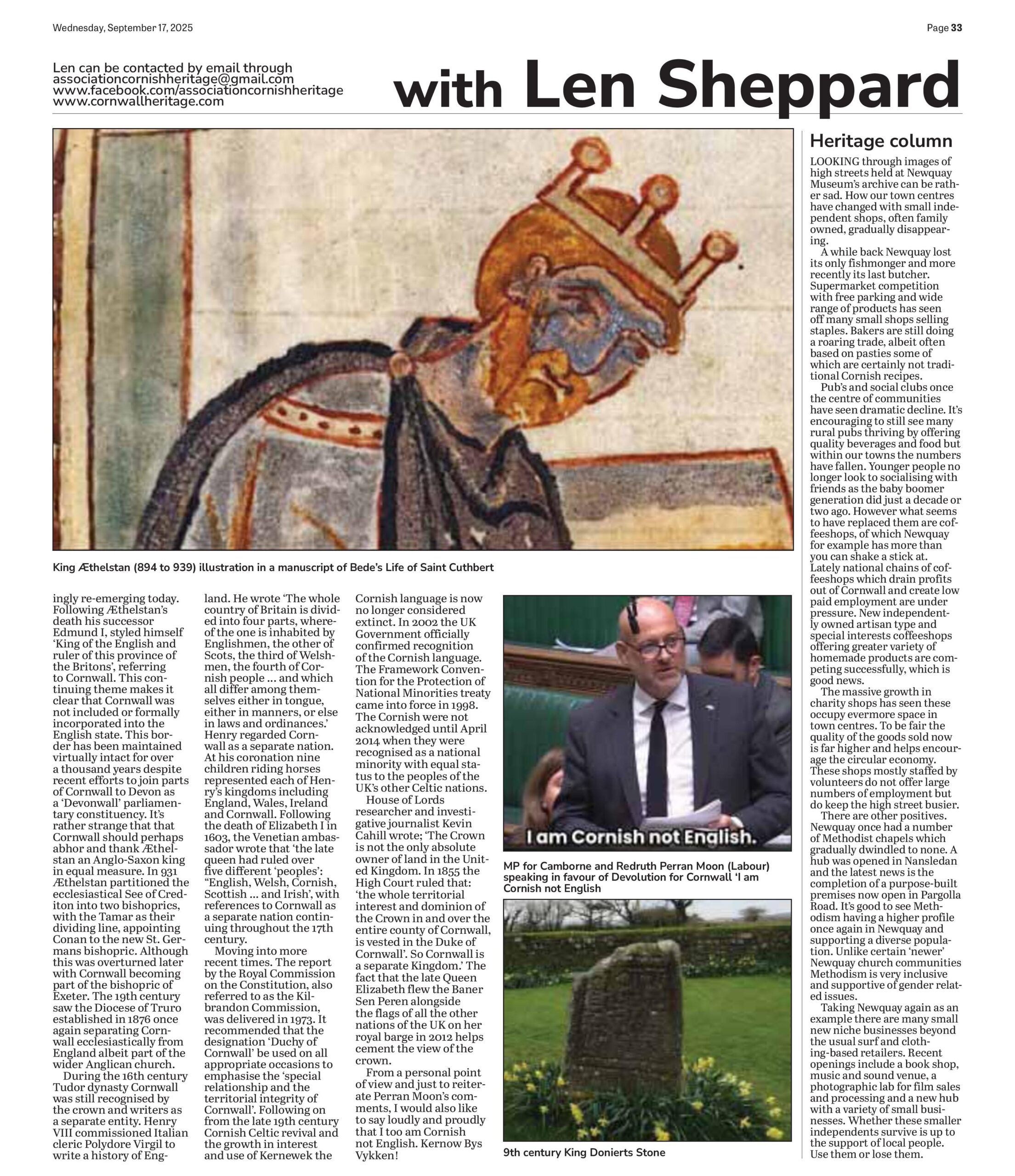Ertach Kernow - Cornwall is not England, it’s a nation unto itself
‘Cornwall is not England’ is a cry being heard throughout Cornwall and written on social media. Perhaps even more so since ‘The English Devolution and Community Empowerment Bill’ began its passage through the Westminster Parliament. Many people would have heard the speech by Perran Moon the Cornish Labour MP for the Camborne & Redruth constituency. This can be heard on the celticnationkernow.org website along with other information about Cornish devolution. Here he states he is ‘Cornish not English’ and that people should be loud and proud to be Cornish.
Check out the Devolution and Cornish Identity pages on the Celtic Nation Kernow website at: Kernow – The battle for Devolution and the UK’s fifth Nation - Celtic Nation Kernow - Click this link.
Until the 18th century the early inhabitants of Britain were generally known as Britons. It was only when people such as antiquarian and linguist Edward Lhuyd began researching the original pre-Anglo Saxon languages of Britain that the term Celtic was coined. The language that was spoken were varying dialects of what we know now as the Brythonic Celtic languages as spoken in their evolved states in Wales and Cornwall.
Brythonic Languages 'P Celtic' relating to Kernow
The early Brythonic language would likely been spoken throughout the island of Great Britain with varying regional dialects. The coming of the Irish Scotti tribes led to the introduction of Gaelic into the north of Great Britain developing into Scottish Gaelic. Invasion by Angles, Saxons, Jutes and Frisians with their shared Germanic heritage gradually changed the language of what would eventually become England into a proto English language. The language of the Brythonic Celts was gradually pushed back to the borders of modern day Cymru (Wales) and Kernow (Cornwall).
Within these separated borders the languages of the ancient Celts evolved separately and also transferring to Amorica, today's Briezh (Brittany) during the 5th and 6th centuries via Kernow. Even today there is some understanding and use of similar words within the three nations which speak the evolved ancient form of the Brythonic Celts.
Thank you for reading the online version of the Ertach Kernow weekly articles. These take some 12 hours each week to research, write and then upload to the website, and is unpaid. It would be most appreciated if you would take just a couple of minutes to complete the online survey marking five years of writing these weekly articles. Many thanks.
Click the link for survey: Ertach Kernow fifth anniversary survey link
As always click the images for larger view
Looking back on the history of Cornwall and the Cornish people to the pre-Roman Iron Age period the various tribes which inhabited Cornwall would not have seen themselves as Cornish. The coming of the Romans saw them grouping together the various tribes which stretching across today’s Cornwall, Devon and through to Somerset for administrative purposes as Dumnonia. There would have been tribal chiefs and petty kings as seen in other parts of Roman Britain. The Romans made Exeter their regional capital naming it Isca Dumnoniorum which included a fort. There seems to have been few ongoing issues between the Romans and local tribes of Cornwall and Dumnonia and the fort was largely unused from about 75CE. It became the tribal capital of those who have become known as the Dumnonii and perhaps because of this Roman grouping an elite ruling class emerged for the region. With the Roman legions leaving Britain in 410CE Dumnonia it seems continued as an entity under a succession of kings. It’s thought that these were mainly from Cornwall. Known to the Celts as Caer Uisc, Exeter remained occupied by Dumnonian Britons for centuries with these Britons, including those in Cornwall, becoming known as the West Welsh.
The coming centuries saw the eastern boundary of Dumnonia contracting as the gradual westward expansion of the neighbouring Anglo-Saxon kingdom of Wessex conquered its territory. A combined Cornish and Viking army had been defeated by King Ecgberht of Wessex at the Battle of Hingston Down in 838. This was described in the Anglo-Saxon Chronicle; ‘In this year a great naval force arrived among the West Welsh (Cornish), and the latter combined with them and proceeded to fight against Ecgberht, king of the West Saxons. When he heard that, he then went hither with his army, and fought against them at Hingston Down, and put both the Welsh and the Danes to flight.’
Historians consider at this point Cornwall became a client kingdom to Wessex but not absorbed or fully controlled. Records show that Cornish lands were dispersed by kings of Wessex. However, evidence shows Cornish kings still existed, thereby maintaining Cornwall as a nation albeit a vassal state. By the middle of the ninth century, the seat of the kings of Dumnonia is believed to have been relocated further to the west, at Lyscerruyt (Liskeard).
With negligible or no written records of those early days what little we know comes from other sources. These included ‘The Annales Cambriae’ dating from 447CE to 970CE covering mainly Welsh history but also something from other Celtic nations including Cornwall. Monks recording history included the Welsh cleric Gildas during the 6th century and later during the 9th century Nennius. Little relating to Cornwall was recorded in ‘Ecclesiastical History of the English People’ by the Venerable Bede written during the 8th century bar mention of Geraint, king of Devon and Cornwall in 705CE. Later during the 12th century the early historian William of Malmesbury pulled together information from various sources in his ‘Deeds of the English Kings’.
In 875CE the Anglo-Saxon Chronicle recorded that Dungarth king of Cernyw (of the Cornish) was drowned. Although Cornwall had come under the influence and ultimate control of Wessex it was still seen as a separate nation. Dungarth was acting as an under king giving his allegiance and paying tribute to Wessex. Today Dungarth is remembered using the Latinised version of his name in ‘King Doniert’s Stone’ at St Cleer.
Over fifty years later the Anglo-Saxon Chronicle records the reign of King Æthelstan who is now recognised as the first king of England. The chronicle records that in 926 ‘he (Æthelstan) ruled all the kings who were in this island: first, Huwal king of the West-Welsh’ then all of the other kings and their kingdoms were named and ‘they confirmed the peace by pledge, and by oaths, at the place which is called Eamot, on the 4th of the ides of July; and they renounced all idolatry, and after that submitted to him in peace.’
For the Cornish Æthelstan’s rule was a rather mixed picture. In his ‘Chronicle of the Kings of England’ William of Malmesbury describes his treatment of the Cornish. ‘They [the Cornish] too were attacked vigorously and forced to leave Exeter, where they had lived until then on an equal footing with the English; and he fixed the boundary of their territory at the River Tamar, just as he had fixed the boundary of the northern British at the River Wye. Having thus purged that city [Exeter] by sweeping out an infected race he [Athelstan] fortified it with towers and surrounded it with a wall of square cut stone.’
Perhaps today we would consider this an act of racial genocide. However, this could be seen from a historical viewpoint as positive. By setting the border of Cornwall to the eastern bank of the River Tamar it tacitly acknowledged Cornwall as a separate nation, albeit one subservient to that of England. It allowed the continued cultural integrity of Cornwall within defined borders, one that would not be entirely lost, surviving and increasingly re-emerging today. Following Æthelstan’s death his successor Edmund I, styled himself 'King of the English and ruler of this province of the Britons', referring to Cornwall. This continuing theme makes it clear that Cornwall was not included or formally incorporated into the English state. This border has been maintained virtually intact for over a thousand years despite recent efforts to join parts of Cornwall to Devon as a ‘Devonwall’ parliamentary constituency. It’s rather strange that that Cornwall should perhaps abhor and thank Æthelstan an Anglo-Saxon king in equal measure.
In 931 Æthelstan partitioned the ecclesiastical See of Crediton into two bishoprics, with the Tamar as their dividing line, appointing Conan to the new St. Germans bishopric. Although this was overturned later with Cornwall becoming part of the bishopric of Exeter. The 19th century saw the Diocese of Truro established in 1876 once again separating Cornwall ecclesiastically from England albeit part of the wider Anglican church.
During the 16th century Tudor dynasty Cornwall was still recognised by the crown and writers as a separate entity. Henry VIII commissioned Italian cleric Polydore Virgil to write a history of England. He wrote ‘The whole country of Britain is divided into four parts, whereof the one is inhabited by Englishmen, the other of Scots, the third of Welshmen, the fourth of Cornish people ... and which all differ among themselves either in tongue, either in manners, or else in laws and ordinances.’ Henry regarded Cornwall as a separate nation. At his coronation nine children riding horses represented each of Henry’s kingdoms including England, Wales, Ireland and Cornwall. Following the death of Elizabeth I in 1603, the Venetian ambassador wrote that ‘the late queen had ruled over five different 'peoples': "English, Welsh, Cornish, Scottish ... and Irish’, with references to Cornwall as a separate nation continuing throughout the 17th century.
Moving into more recent times. The report by the Royal Commission on the Constitution, also referred to as the Kilbrandon Commission, was delivered in 1973. It recommended that the designation ‘Duchy of Cornwall’ be used on all appropriate occasions to emphasise the ‘special relationship and the territorial integrity of Cornwall’. Following on from the late 19th century Cornish Celtic revival and the growth in interest and use of Kernewek the Cornish language is now no longer considered extinct. In 2002 the UK Government officially confirmed recognition of the Cornish language. The Framework Convention for the Protection of National Minorities treaty came into force in 1998. The Cornish were not acknowledged until April 2014 when they were recognised as a national minority with equal status to the peoples of the UK’s other Celtic nations.
House of Lords researcher and investigative journalist Kevin Cahill wrote; ‘The Crown is not the only absolute owner of land in the United Kingdom. In 1855 the High Court ruled that: 'the whole territorial interest and dominion of the Crown in and over the entire county of Cornwall, is vested in the Duke of Cornwall'. So Cornwall is a separate Kingdom.’ The fact that the late Queen Elizabeth flew the Baner Sen Peren alongside the flags of all the other nations of the UK on her royal barge in 2012 helps cement the view of the crown.
From a personal point of view and just to reiterate Perran Moon’s comments, I would also like to say loudly and proudly that I too am Cornish not English. Kernow Bys Vykken!

